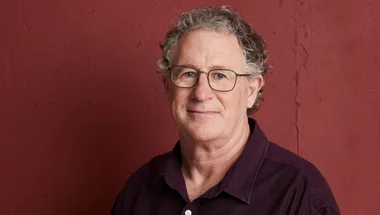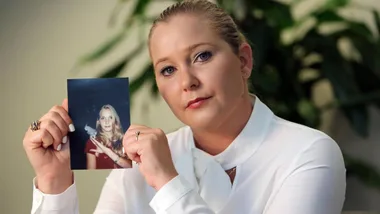Women are closing the pay gap – but there’s still work to be done.
In August, Minister for Women Michaelia Cash announced a bridging gender pay gap, according to new ABS data. The statistics show that women are still earning 16.2 per cent less than their male counterparts, a number that is 1.7 percentage points lower than this time last year and puts the full-time average weekly earnings difference at $261.10.
“Given that less than two years ago the gender pay gap was 18.5 per cent, these figures demonstrate significant progress,” Minister Cash said.
“While this is a promising improvement, we have a long way to go – further progress will bring great benefits to both our society and our economy.”
The Senator for Western Australia assured Australians that the Turnbull Government hasn’t lost sight of closing the gap, stating a number of steps the Liberal Government is taking to achieve pay equality. These include a $13 million investment that aims to get more women involved in science, maths, technology and engineering. The initiative will hopefully see a 50 per cent quota of women in Government board positions.
Continued vigilance is necessary for the disparity in gender pay to continue to dwindle, according to Senator Cash:
“To see these encouraging results continue we all need to maintain our attention on improving gender equality and that applies to Government, employers and individuals – ensuring we achieve true gender equality will require a concerted and lasting commitment from everyone.”
According to Libby Lyons, Director of the Workplace Gender Equality Agency, woman working full-time will need to work more than 14 months on average to earn the same as men earn in a year.
“Over a lifetime, compounded by time out of the workforce due to caring responsibilities, the gender pay gap contributes greatly to reduced lifetime earnings and retirement savings. On average, women retire with just half the superannuation savings of men”
The fact that the pay gap still exists serves as a critical reminder that “woman’s potential is not being fully realised” added Lyons and that employers have a responsibility to take action to address the pay gap within their own organisations.
Employers can access the extensive resources available from the Workplace Gender Equality Agency to find out more about the gender pay gap and what can be done to address it.










